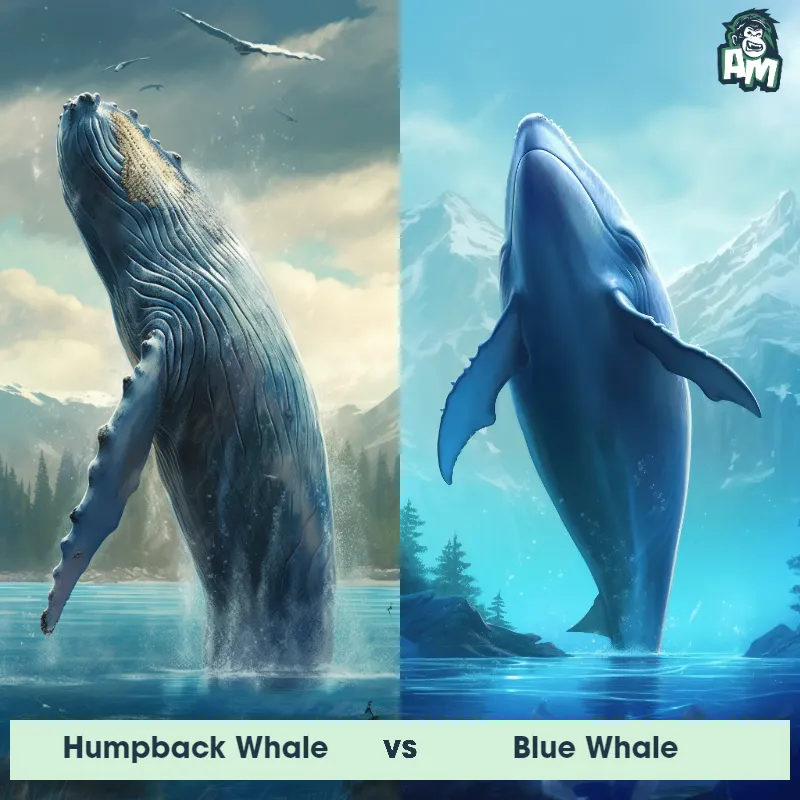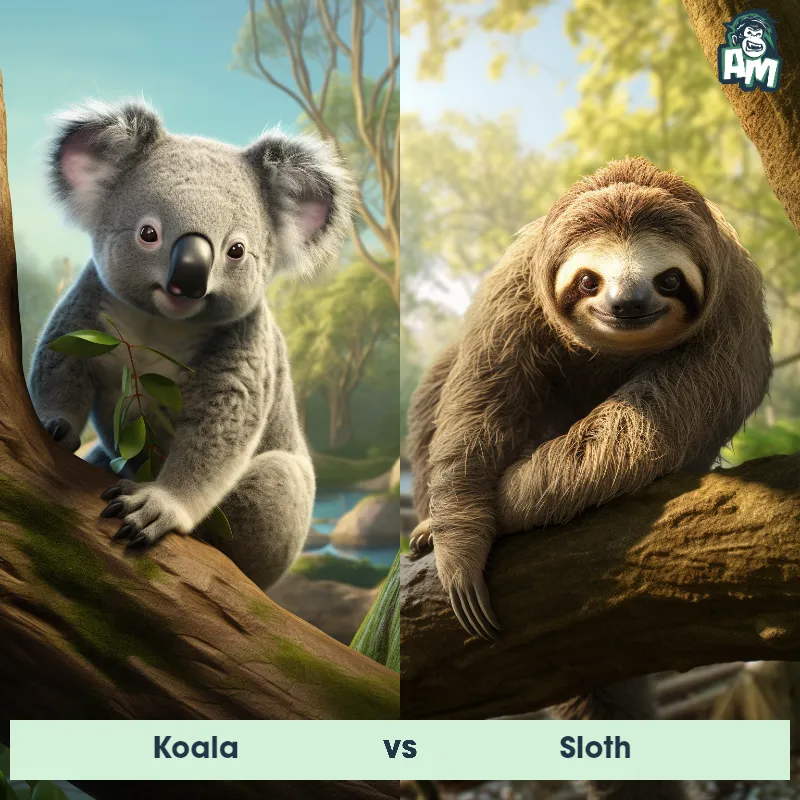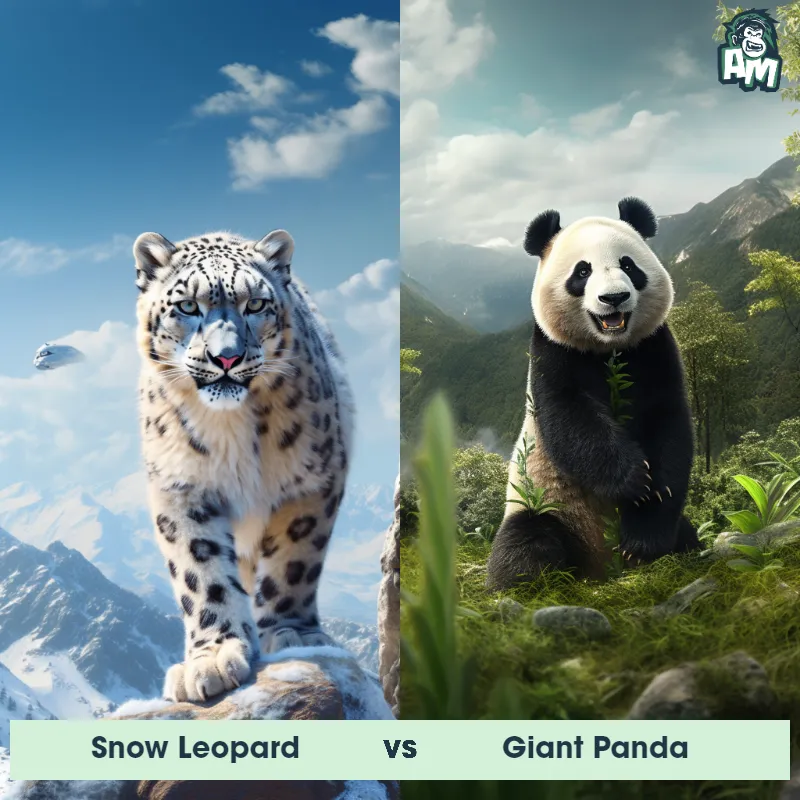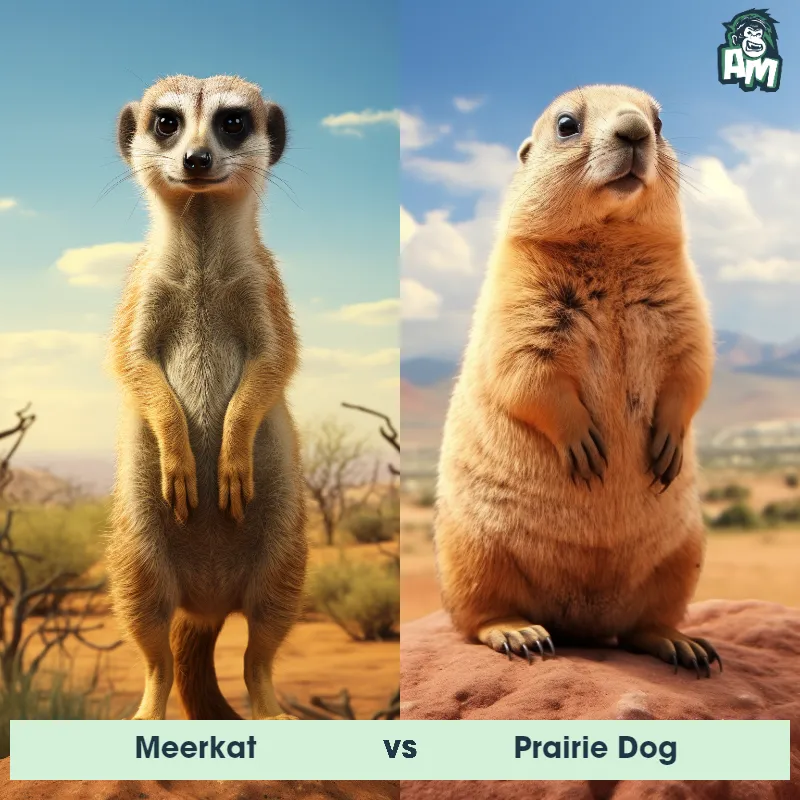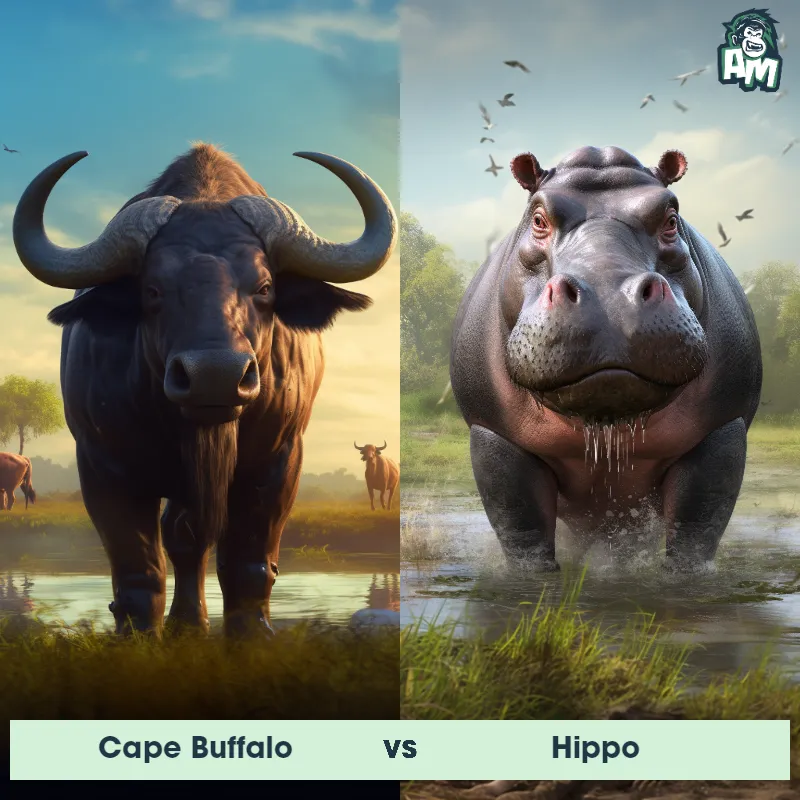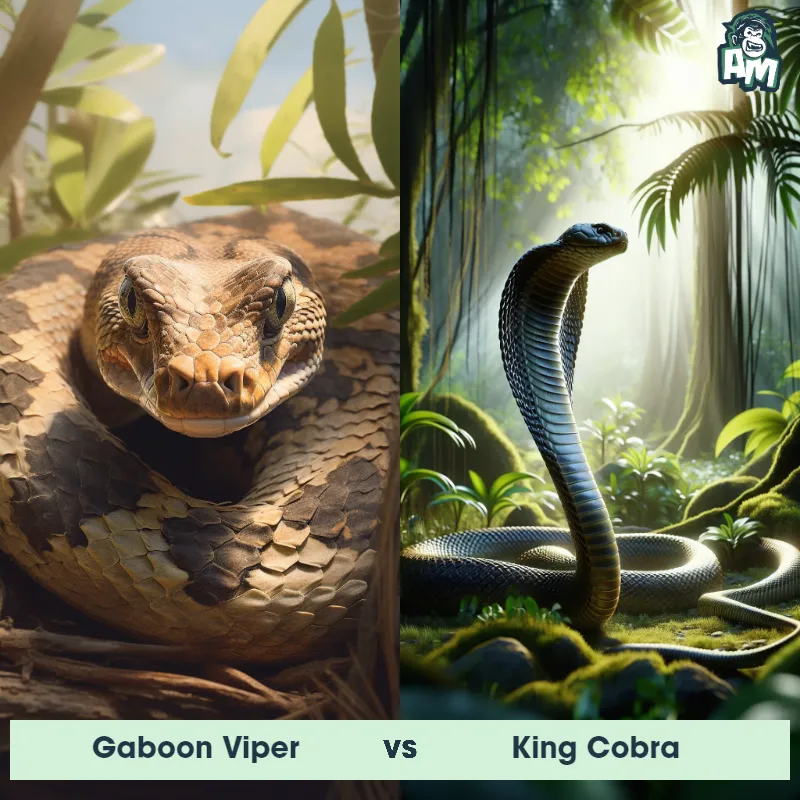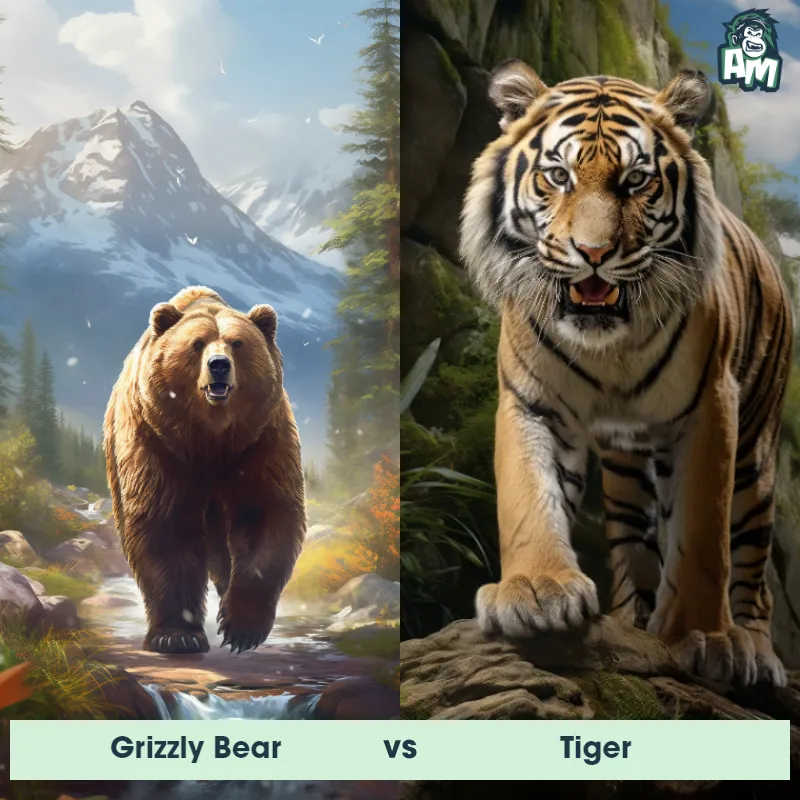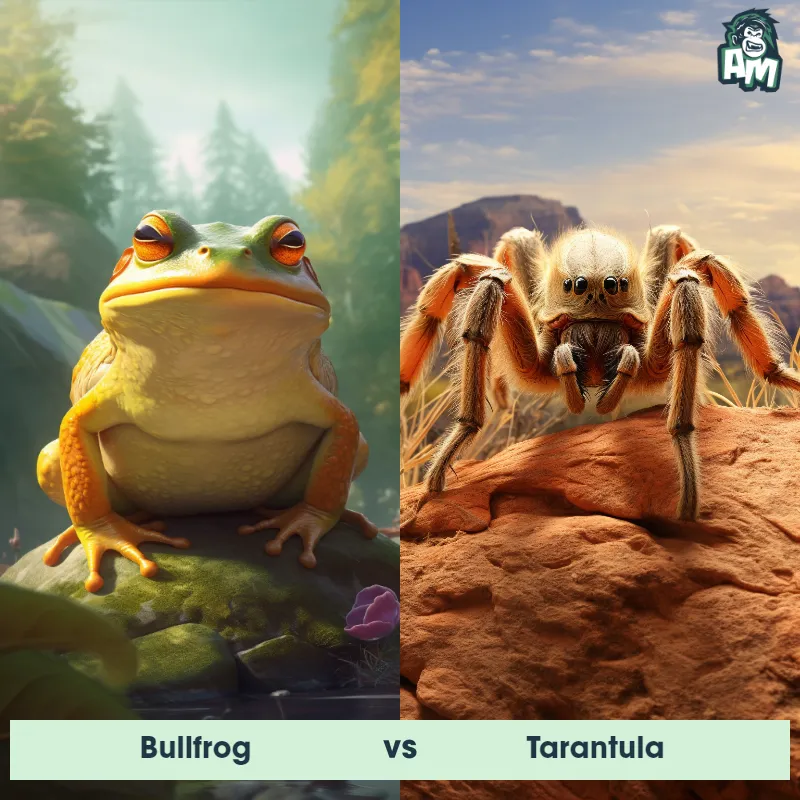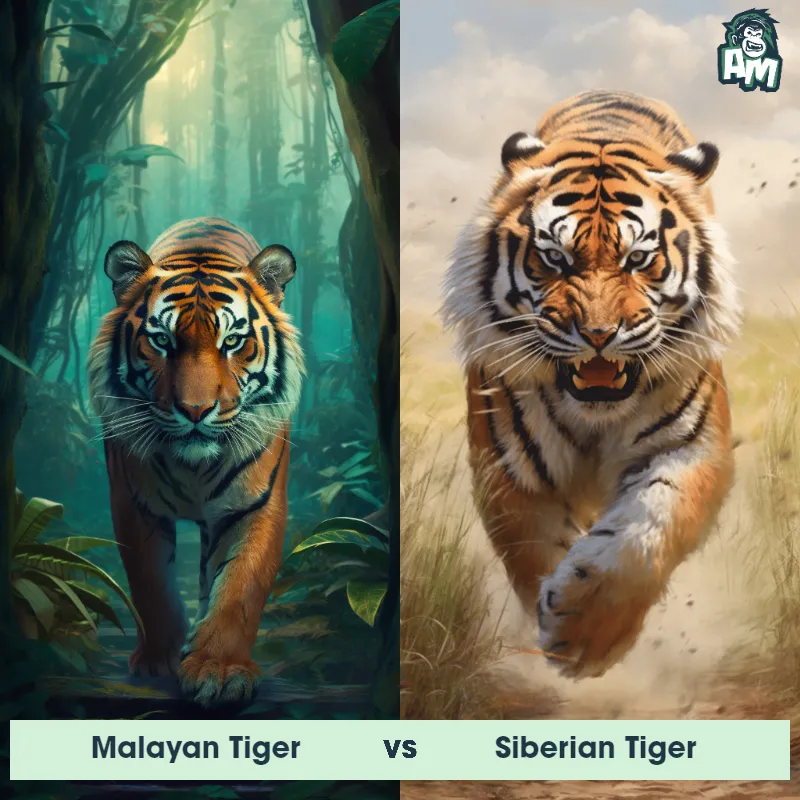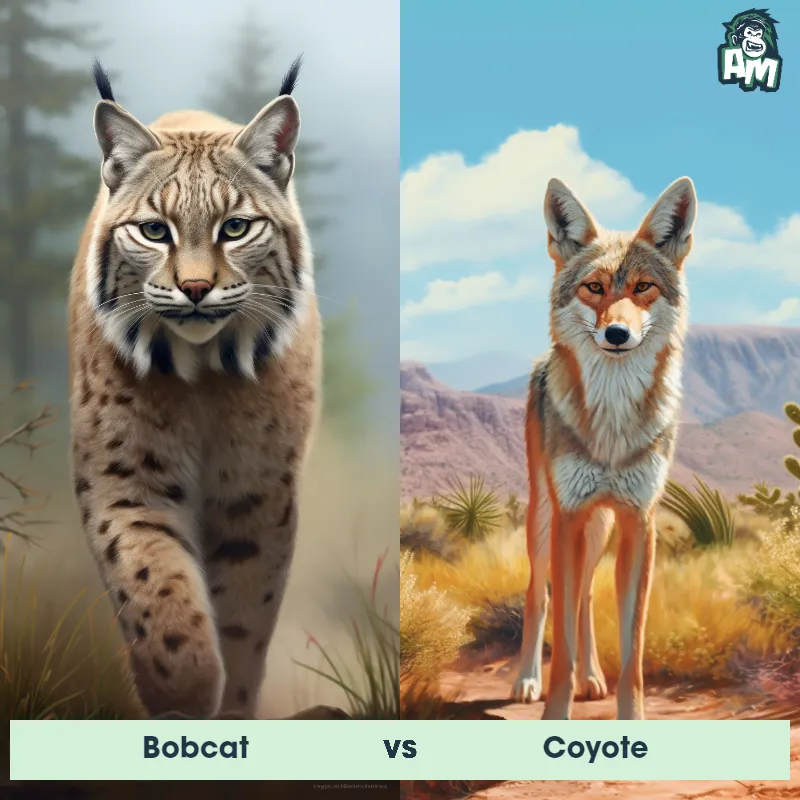Ocelot vs CaracalSee Who Wins

Ladies and gentlemen, welcome to this thrilling matchup between two fierce feline competitors! We have an Ocelot going head to head with a Caracal in what promises to be an electrifying three-round showdown. Both of these magnificent creatures are known for their agility, speed, and sharp hunting skills. Let's see who will come out on top in this epic battle of the cats!
Contender 1: Ocelot
The Ocelot, also known as the dwarf leopard, is a small wild cat native to South and Central America. They have a distinctive coat pattern of black spots and stripes on a tawny background, with a white belly and dark stripes on their cheeks. Ocelots have large, expressive eyes and short, rounded ears. They are skilled climbers and hunters, with sharp claws and teeth.
Fun Fact: Ocelots are excellent swimmers and are known to catch fish in the water.
Contender 2: Caracal
The Caracal, also known as the African Lynx, is a medium-sized wild cat found primarily in Africa, the Middle East, and parts of Asia. It possesses a sleek and muscular body, standing about 40-50 cm at the shoulder, with a weight ranging between 13-20 kg. This agile predator is known for its distinctive tufted ears, which are long and black, and tipped with long white hairs. Its fur is typically reddish-brown or tawny, with a white belly and prominent black markings above its eyes, resembling smudged tears.
Fun Fact: The Caracal is a remarkable jumper and can leap to impressive heights, reaching up to 3 meters in the air from a stationary position, making it one of the highest-jumping animals in proportion to its body size.
Matchup Stats
| Ocelot | Caracal | |
|---|---|---|
| Size | 2-3 feet (0.6-0.9 meters) in length | 40-50 cm at the shoulder (16-20 inches) |
| Weight | 20-35 pounds (9-16 kilograms) | 13-20 kg (29-44 pounds) |
| Speed | Speed: 50 mph (80.47 km/hr) | 50mph (80km/h) |
| Key Strength | Agility and sharp claws | Agility and powerful jumps |
| Biggest Weakness | Lack of size and strength compared to larger predators | Not particularly known for its strength in physical combat |
Current Votes
Ocelot vs Caracal
See Who Wins
View More Matches
Looking For More?
Similar Matches
Scientific Stats
| Ocelot | Caracal | |
|---|---|---|
| Scientific Name | Leopardus pardalis | Caracal caracal |
| Family | Felidae | Felidae |
| Habitat | Forests, grasslands, and swamps | Various habitats including savannas, woodlands, scrublands, and semi-deserts |
| Geography | South and Central America | Africa, the Middle East, and parts of Asia |
| Diet | Small mammals, birds, reptiles, and fish | Mainly small to medium-sized mammals (such as rodents, hares, and antelope), birds, and occasionally reptiles |
| Lifespan | 10 years - 13 years | 10 years - 15 years |
Key Differences between Ocelot and Caracal
- Tail: The Ocelot has a long, flexible tail with black rings and a black tip, while the Caracal has a short, tapering tail without any distinctive markings.
- Body proportions: Caracals have a more robust and stocky build, with a relatively shorter and thicker neck compared to Ocelots, which have a sleeker, elongated body shape.
- Color and Pattern: The Ocelot has a striking coat pattern characterized by dark spots on a light background, while the Caracal has a solid reddish-brown or grayish-brown coat without any distinct patterns or spots.
- Size: The Caracal is generally larger than the Ocelot, with an average weight of 35-40 pounds compared to the Ocelot's average weight of 20-35 pounds.
- Facial Markings: Ocelots have prominent facial markings including white or light-colored lines that run from the inner corner of their eyes towards the ears, while Caracals lack such facial markings.
- Ears: One key visual difference is in their ears - the Caracal has relatively long, black tufted ears that are prominent, while the Ocelot has smaller, rounded ears without visible tufts.



